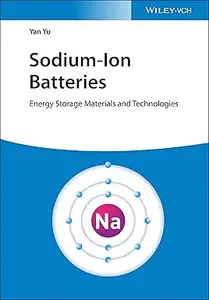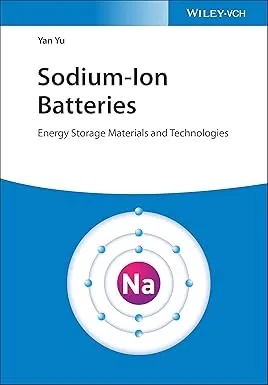Yan Yu, "Sodium-Ion Batteries: Energy Storage Materials and Technologies"
English | 2022 | ISBN: 3527348964 | PDF | pages: 542 | 23.4 mb
English | 2022 | ISBN: 3527348964 | PDF | pages: 542 | 23.4 mb
Sodium-Ion Batteries
An essential resource with coverage of up-to-date research on sodium-ion battery technology
Lithium-ion batteries form the heart of many of the stored energy devices used by people all across the world. However, global lithium reserves are dwindling, and a new technology is needed to ensure a shortfall in supply does not result in disruptions to our ability to manufacture reliable, efficient batteries.
In Sodium-Ion Batteries: Energy Storage Materials and Technologies, eminent researcher and materials scientist Yan Yu delivers a comprehensive overview of the state-of-the-art in sodium-ion batteries (SIBs), including their design principles, cathode and anode materials, electrolytes, and binders. The author discusses high-performance rechargeable sodium-ion battery technology in the contexts of energy, power density, and electrochemical stability for commercialization.
Exploring a wide range of literature on the recent progress made by researchers on sodium-ion battery technology, the book provides valuable perspectives on designing better materials for SIBs to unlock their practical capabilities.
- A thorough introduction to sodium-ion batteries, including their key materials and likely future developments
- Comprehensive explorations of design principles of electrode materials and electrolytes for sodium-ion batteries
- Practical discussions of cathode materials for sodium-ion batteries, including transition metal oxides, polyanionic compounds, Prussian blue analogues and organic compounds
- In-depth examinations of anode materials for sodium-ion batteries, including carbon-based materials, metal chalcogenides, metal alloys, phosphorus and Na metal anodes
Perfect for materials scientists, inorganic chemists, electrochemists, and physical chemists, Sodium-Ion Batteries: Energy Storage Materials and Technologies will also earn a place in the libraries of catalytic and polymer chemists.



